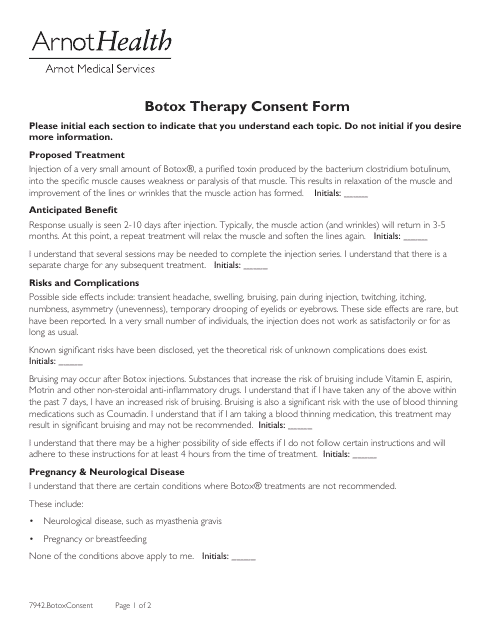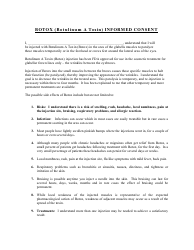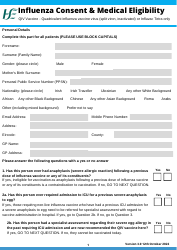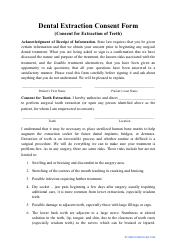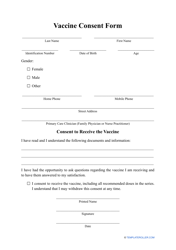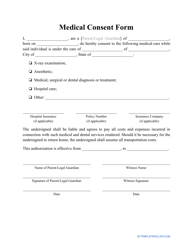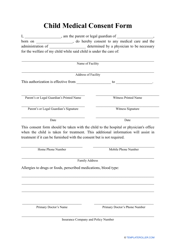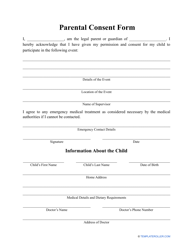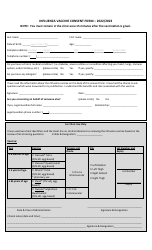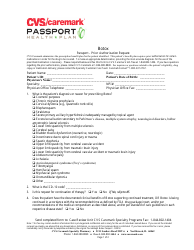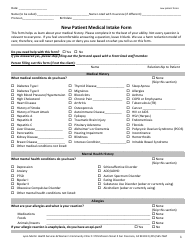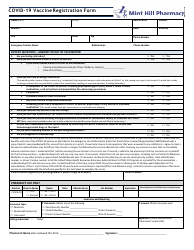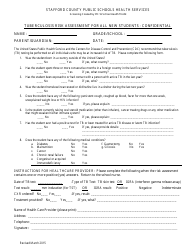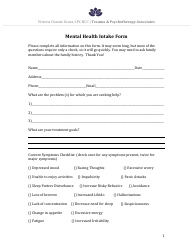Botox Therapy Consent Form - Arnot Health
The Botox Therapy Consent Form of Arnot Health is used to document a patient's consent and understanding of the risks and benefits associated with Botox therapy. It ensures that the patient is well-informed and voluntarily agrees to undergo this specific treatment.
FAQ
Q: What is the Botox therapy consent form?
A: The Botox therapy consent form is a document that you need to sign before receiving Botox injections.
Q: Why do I need to sign a consent form for Botox therapy?
A: Signing a consent form is a standard procedure to ensure that you understand the risks, benefits, and possible side effects of Botox therapy.
Q: What is Botox therapy used for?
A: Botox therapy is commonly used for cosmetic purposes to reduce the appearance of wrinkles and fine lines. It is also used for medical conditions such as migraines, excessive sweating, and muscle spasms.
Q: What are the risks and side effects of Botox therapy?
A: Common side effects of Botox therapy include temporary bruising, pain or discomfort at the injection site, and headache. Rare but serious side effects may include muscle weakness, difficulty breathing, or allergic reactions.
Q: Who should not receive Botox therapy?
A: People who are allergic to any ingredients in Botox, pregnant or breastfeeding women, and individuals with certain neuromuscular disorders should not receive Botox therapy.
Q: How long does Botox therapy last?
A: The effects of Botox therapy typically last three to four months. Repeat treatments are necessary to maintain the results.
Q: How long does it take for Botox to work?
A: It usually takes a few days to a week for Botox therapy to take full effect.
Q: What should I do before receiving Botox therapy?
A: Before receiving Botox therapy, you should inform your healthcare provider about any medications you are taking and any allergies you have. You may be advised to stop taking blood-thinning medications prior to the treatment.
Q: Is Botox therapy painful?
A: The injection itself is not generally considered painful, although there may be some mild discomfort. Your healthcare provider may use a topical anesthetic or ice to minimize any discomfort.
Q: Are there any alternatives to Botox therapy?
A: Yes, there are alternative treatments available for reducing wrinkles and other conditions that Botox therapy is used for. These include dermal fillers, laser treatments, and topical creams or serums.
